The Legal Empowerment's Book Club
SHOP THE LEGAL EMPOWERMENT' S PRODUCTS
Most Popular Products
- All
- Guides
- Back
- Legal E-Books
What is the Book Club section of The Legal Empowerment?
The Book Club section is a curated resource designed to help law students, legal practitioners, and anyone interested in the legal field discover the best books related to their area of practice. This section allows users to explore books that are highly recommended for different branches of law, from criminal law and corporate law to human rights and legal ethics.
For every book, we’ll craft an eye-catching, fun-ish title to attract readers and make diving into the legal world more exciting than ever!
What You Can Find in the Book Club Section?
1. Recommended Books by Legal Practice Area
2. Essential Reads for Legal Students Latest Legal Trends and Insights
3. Reviews and Recommendations
4. Access to Resources for Continuing Education (coming soon)
Books on
EU Law
and International Law
"The Tragedy of Great Power Politics" by John Mearsheime
Why did the diplomat bring a briefcase to the peace talks?
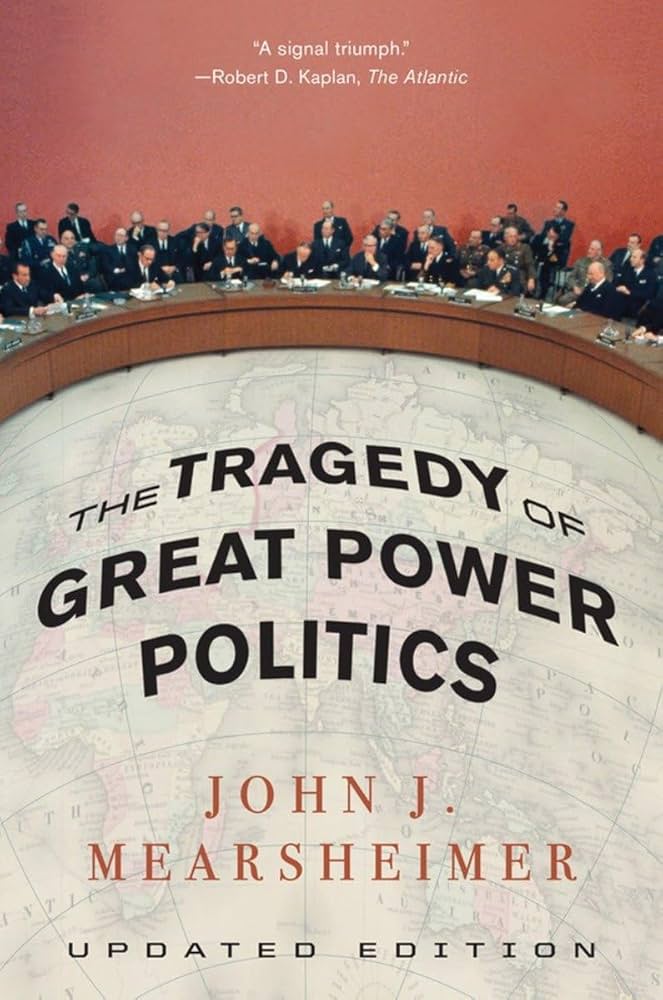
Because in diplomacy, just like in law, it’s all about being prepared for every negotiation—and having the right documents at hand.
On that note, if you’re looking to deepen your understanding of diplomacy and international relations, a great place to start is “The Tragedy of Great Power Politics” by John Mearsheimer. This insightful book explores the dynamics of international power and provides a thought-provoking perspective on why great powers often act in their own self-interest on the world stage. Whether you’re a student of law or a seasoned practitioner, Mearsheimer’s analysis of global politics is an essential read for anyone interested in the intersection of law, diplomacy, and international relations.
Alina Kaczorowska's "European Union Law"
Why Legal Professionals Consider Alina Kaczorowska's "European Union Law" the Ultimate Guide for EU Legal Mastery
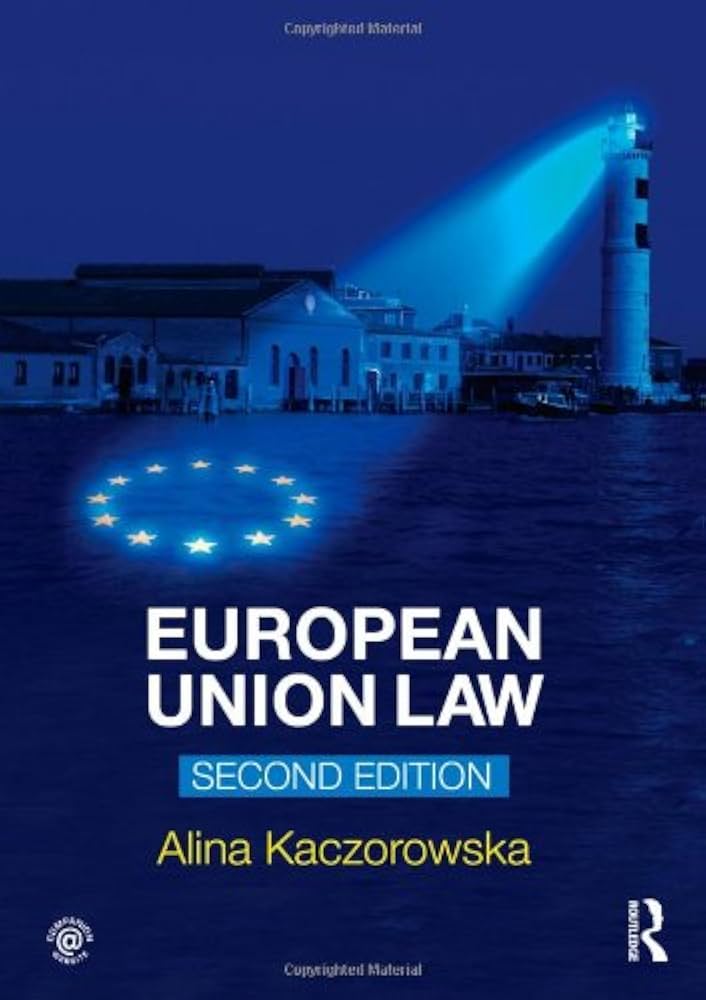
If you’re diving into European Union law, Alina Kaczorowska’s European Union Law is one of those books that you won’t want to miss. It’s not just another legal textbook – it’s a clear, insightful, and comprehensive guide that makes complex EU law understandable and practical for everyone, whether you’re a student, a professional, or just someone interested in how the EU legal system works.
The book begins with the history of European integration, which is really helpful for understanding how the EU came to be what it is today. It’s not just a dry history lesson – Kaczorowska explains how all the political and legal decisions in the past have shaped the EU’s current legal system. This historical context is important for grasping how the EU functions now.
One of the big topics covered in the book is the Treaty of Lisbon, which is a key part of the EU’s legal foundation. The Treaty of Lisbon made a lot of changes to the EU’s structure, and Kaczorowska does a great job of breaking it down. She explains how the Treaty reshaped EU institutions and gave more power to the European Parliament, making it much clearer why Lisbon is such an important document in EU law.
Then there’s the expanding membership of the European Union. As more countries join the EU, there are new challenges in making sure everyone follows the same rules and standards. Kaczorowska discusses the legal challenges that come with enlargement, giving readers an understanding of how the legal system adapts to new members and how it affects the way the EU functions overall.
The book also tackles the competences of the EU, explaining what the EU can and cannot do, and how its powers are divided between the Union and member states. This is a crucial topic for anyone working with EU law, because understanding the limits of EU power helps clarify so many legal issues that come up in practice.
When Kaczorowska moves on to the institutional framework of the EU, she explains how all the EU institutions work together. She breaks down the roles of the European Commission, the European Parliament, and the European Court of Justice, showing how each institution contributes to the development of EU law. For anyone working with or studying EU law, knowing how these institutions interact is key.
Another key part of the book is the chapter on legislative procedures in the EU. Kaczorowska explains how laws are made in the EU, detailing the process step by step. This is something that’s often confusing, but she explains it so clearly that you can easily understand how the law-making process works in Brussels.
In addition to the structure of the EU, the book also dives into some core legal principles, like direct applicability and direct effect of EU law. These principles are huge because they determine how EU law interacts with the laws of member states. Kaczorowska explains these concepts in a way that’s easy to follow, helping readers understand how EU regulations and decisions can affect people and businesses directly.
One of the most important concepts in EU law, supremacy, is also covered. This principle says that EU law takes precedence over national law when there’s a conflict, and it’s essential for understanding how the legal system works across all member states. Kaczorowska explains how this works in practice and what it means for legal cases involving EU law.
As the book moves on, Kaczorowska looks at how the EU enforces its rules, both through actions against member states that break the rules and direct actions that individuals or organizations can take against EU institutions. These sections are especially useful for anyone working in EU law enforcement or litigation.
The book also covers key areas like the EU internal market, customs union, competition law, and intellectual property rights, all of which are vital for legal professionals working in these fields. Kaczorowska explains how the EU’s internal market works, focusing on the free movement of goods, workers, and services. She also discusses EU rules around competition, including how companies are regulated to ensure fair practices across the Union.
Finally, the book looks at EU citizenship and the right to establishment, which are crucial rights for individuals living and working within the EU. Kaczorowska does a great job of explaining how these rights work in practice and the exceptions to them, which can sometimes be a bit tricky.
In short, Kaczorowska’s European Union Law is a fantastic resource that combines clear explanations with in-depth coverage of all the key areas of EU law. Whether you’re studying for exams, working in EU law, or just want to understand how the European Union operates, this book is a must-read. It’s detailed, but not overwhelming, and gives you all the tools you need to understand EU law inside and out.
DIPLOMACY
Henry Kissinger's Diplomacy
Why did the diplomat carry Diplomacy to the negotiation table?
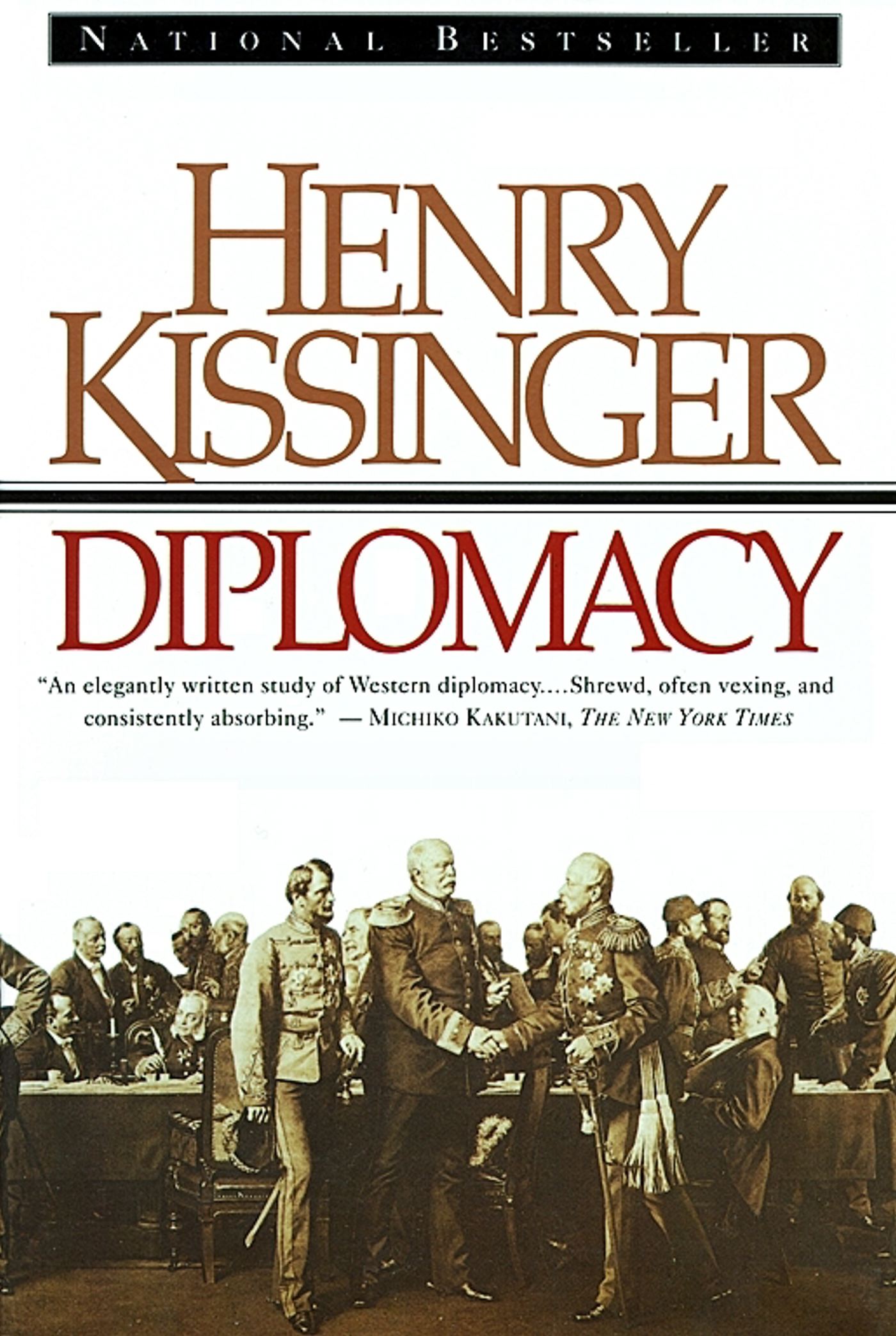
Because in the high-stakes world of negotiation, understanding the history and strategies behind global power dynamics is the ultimate tool. Henry Kissinger’s Diplomacy provides exactly that.
This iconic book isn’t just a history lesson; it’s a masterclass in the art of statecraft, exploring how nations maneuver through alliances, conflicts, and shifting balances of power. Whether you’re preparing for negotiations or analyzing international relations, Diplomacy equips you with the critical thinking needed to navigate the complexities of the modern world. After all, a well-prepared diplomat never walks into a room without their sharpest tools, and this book is one of the sharpest.
EU LAW
Andrew Moravcsik’s The Choice for Europe
Why did the strategist turn to Andrew Moravcsik’s The Choice for Europe when preparing for crucial discussions?
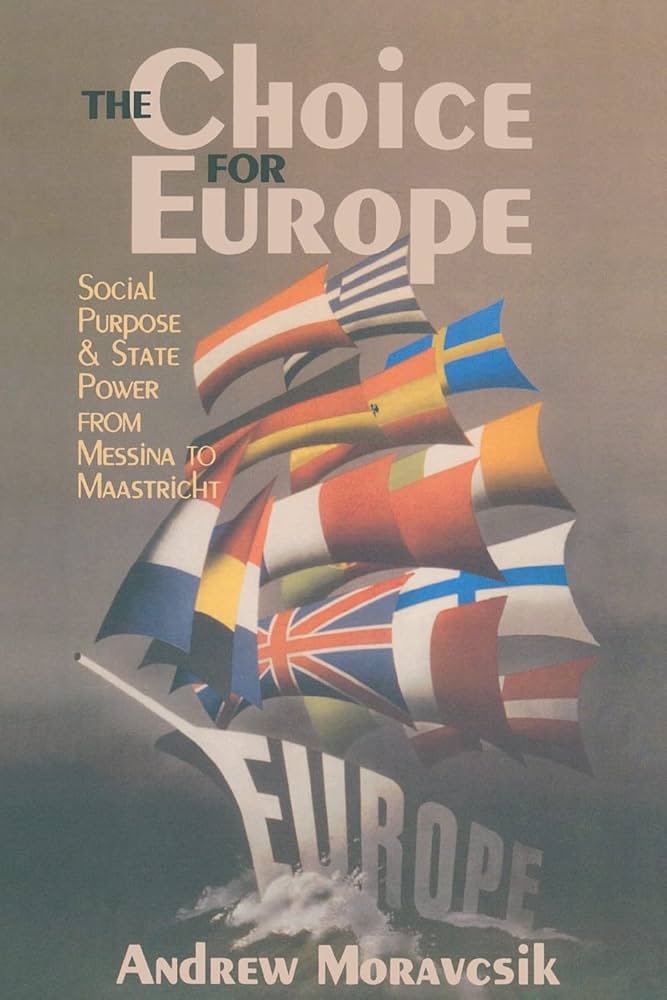
Because to truly grasp the European Union’s impact on global politics, you must understand the foundational choices that created it. Moravcsik’s book digs deep into the negotiations and decisions made by European leaders, offering a rare inside look at the political forces, economic interests, and compromises that brought the EU to life. It’s not just about history; it’s about the real, hard decisions that still influence today’s political climate.
In The Choice for Europe, Moravcsik challenges popular myths, showing that Europe’s integration wasn’t just about idealism—it was driven by pragmatic choices made by leaders facing economic pressures, national interests, and changing global dynamics. This is a book for anyone who wants to understand the EU not just as an institution, but as a result of real-world decisions made by powerful people. Whether you’re a policymaker, student, or anyone interested in the shifting power balances of the world, Moravcsik’s analysis offers essential insights into the strategic thinking behind one of the most significant political experiments of modern times.
EU LAW
The Political System of the European Union by Bjoern Høyland and Simon Hix
Why did the strategist reach for The Political System of the European Union by Bjoern Høyland and Simon Hix instead of a cup of coffee before the big meeting?
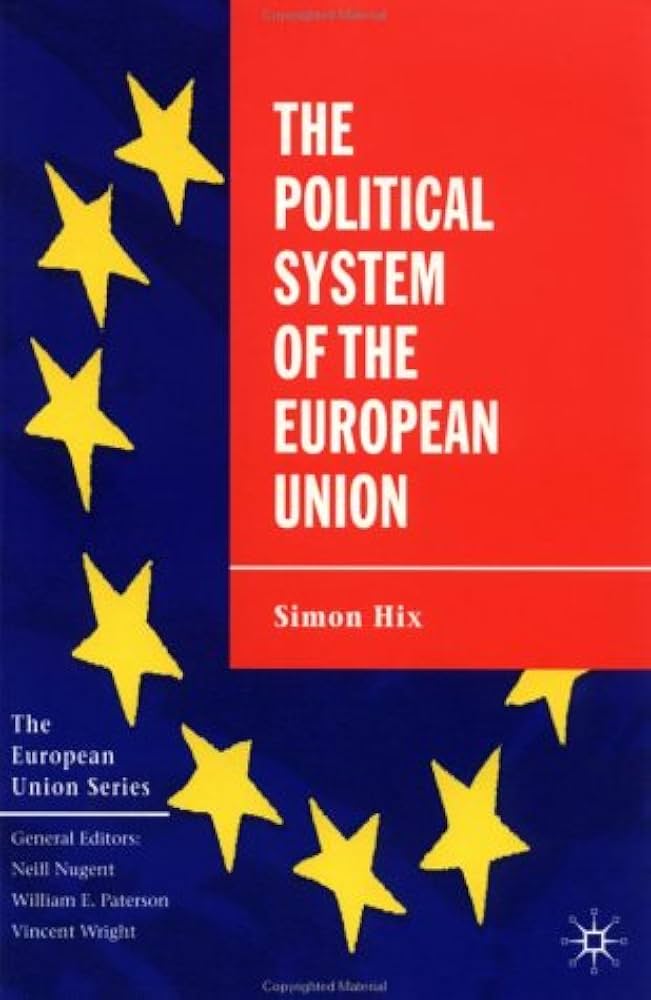
Because to understand the European Union’s political landscape, you need more than surface-level information; you need a comprehensive breakdown of its institutions, power structures, and decision-making processes. Høyland and Hix’s book offers exactly that. The authors explore the key institutions of the EU, including the European Commission, European Parliament, and the Council, examining how these bodies work together (and sometimes against each other) to shape European policy.
What makes this book invaluable is its rigorous and thorough analysis of the EU’s political system. It not only covers the theoretical foundations of EU governance but also provides practical insights into how decisions are made. Høyland and Hix examine the roles of national governments, the European Court of Justice, and the EU’s budgetary process, among other critical components. The book also addresses the dynamics of European integration and the power struggles within the EU, offering readers a solid understanding of the political reality behind EU legislation.
For anyone working with or studying the EU—whether in a policy, legal, or academic context—this book is an essential tool. It delivers well-researched, factual insights into the workings of the EU, making it a go-to resource for anyone seeking to truly understand the European Union’s political system and its influence on global affairs.
EU LAW
Ben Rosamond - Theories of European Integration
Why would someone interested in the future of European politics pick up Ben Rosamond’s Theories of European Integration?
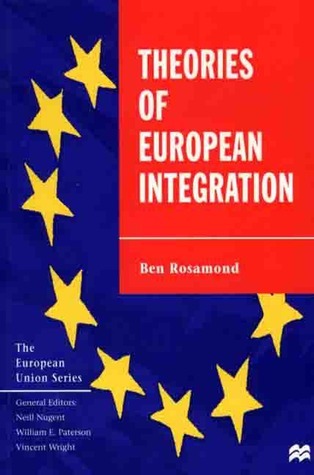
To truly understand the European Union, you need more than just a grasp of treaties, policies, or the day-to-day workings of its institutions. You need to understand the intellectual foundations that explain how the EU evolved into the political entity it is today. Ben Rosamond’s Theories of European Integration offers exactly that. The book goes beyond surface-level explanations, diving deep into the core theories that have shaped the trajectory of European integration. Rosamond explores a range of perspectives, from neofunctionalism, which argues that integration in one area inevitably leads to further integration, to intergovernmentalism, where member states remain the key actors in decision-making processes.
What makes this work so essential is Rosamond’s ability to not only present these theories but to show how they manifest in the real world. He doesn’t leave theory in the abstract; instead, he connects it to actual political events, offering an accessible and detailed explanation of how different integration models work in practice. For example, he examines how the EU’s supranational institutions have expanded their power and how, at times, member states have pushed back against this expansion. This approach allows readers to see not only the development of EU institutions but also the political forces that shape them.
Rosamond’s work is invaluable for anyone wanting to understand not just the “how” of European integration, but the “why” behind it. It’s a book that gives readers the intellectual tools to critically engage with the current state of the EU and anticipate where it may be headed in the future. Whether you’re a student, a policymaker, or someone working within the EU’s framework, Theories of European Integration will give you a comprehensive, informed, and intellectually rigorous foundation that’s crucial for navigating European politics. By exploring this book, you’ll gain insights into the EU’s institutional dynamics and the theoretical debates that continue to shape its policies today.
EU LAW
"EU Law: Text, Cases, and Materials" by Paul Craig and Gráinne de Búrca.
Why did the EU lawyer bring a map to the courtroom?
Because, in EU law, it’s important to know where the borders are—both literally and legally.
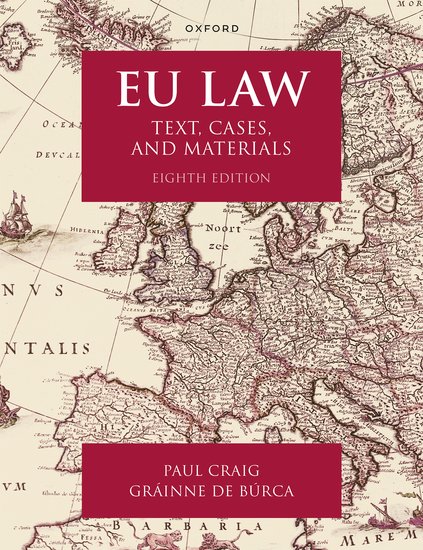
If you want to understand European Union (EU) law, we recommend “EU Law: Text, Cases, and Materials” by Paul Craig and Gráinne de Búrca. This book explains the main ideas, rules, and institutions that make up EU law. Whether you’re a law student or a practicing lawyer, it gives clear insights into how EU law affects areas like trade, competition, human rights, and the constitution. It’s a great read for anyone who wants to better understand how the EU’s legal system works and influences the world.
In our New Weekly Picks section, we will upload three fresh books every week, each paired with a catchy and engaging title to pique your curiosity and keep you hooked.
Leave a comment below to let us know if you’d like us to focus more on books related to EU Law or any other area. We’re here to bring you the most relevant and exciting legal reads!
Below, find the countdown to our next publication!
F.A.Q.
Below are answers to some of the most common questions about how our book club works. If you have any other inquiries, feel free to reach out!
Yes! We encourage members to suggest books for future reading. If you have a book you think would be valuable to our community, feel free to submit your suggestion through our website. We review all recommendations and aim to select a wide range of books that appeal to different areas of interest in the legal field.
Our law book club features a diverse selection of books, including legal textbooks, case studies, historical legal texts, and recent publications covering various areas of law such as constitutional law, human rights, international law, and legal theory. We also include books that focus on the practical aspects of law, such as legal writing, negotiation skills, and courtroom strategies.
Books are selected based on their relevance to current legal issues, their impact on the legal field, or their historical importance. We aim to cover a variety of topics, from foundational legal principles to contemporary issues in law. Members are encouraged to suggest books, and we vote on which ones to read next. Our goal is to create a well-rounded reading experience for all levels of legal knowledge.
Yes, the book club section is completely free to access! It’s open to everyone, and you can explore our curated collection of books, recommendations, and discussions without any membership or fees. Whether you're looking for reading suggestions or engaging with the community, you can take full advantage of the resources anytime.


